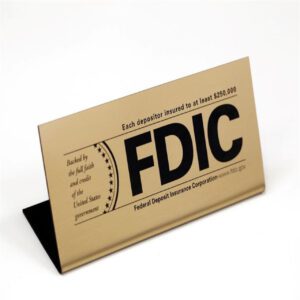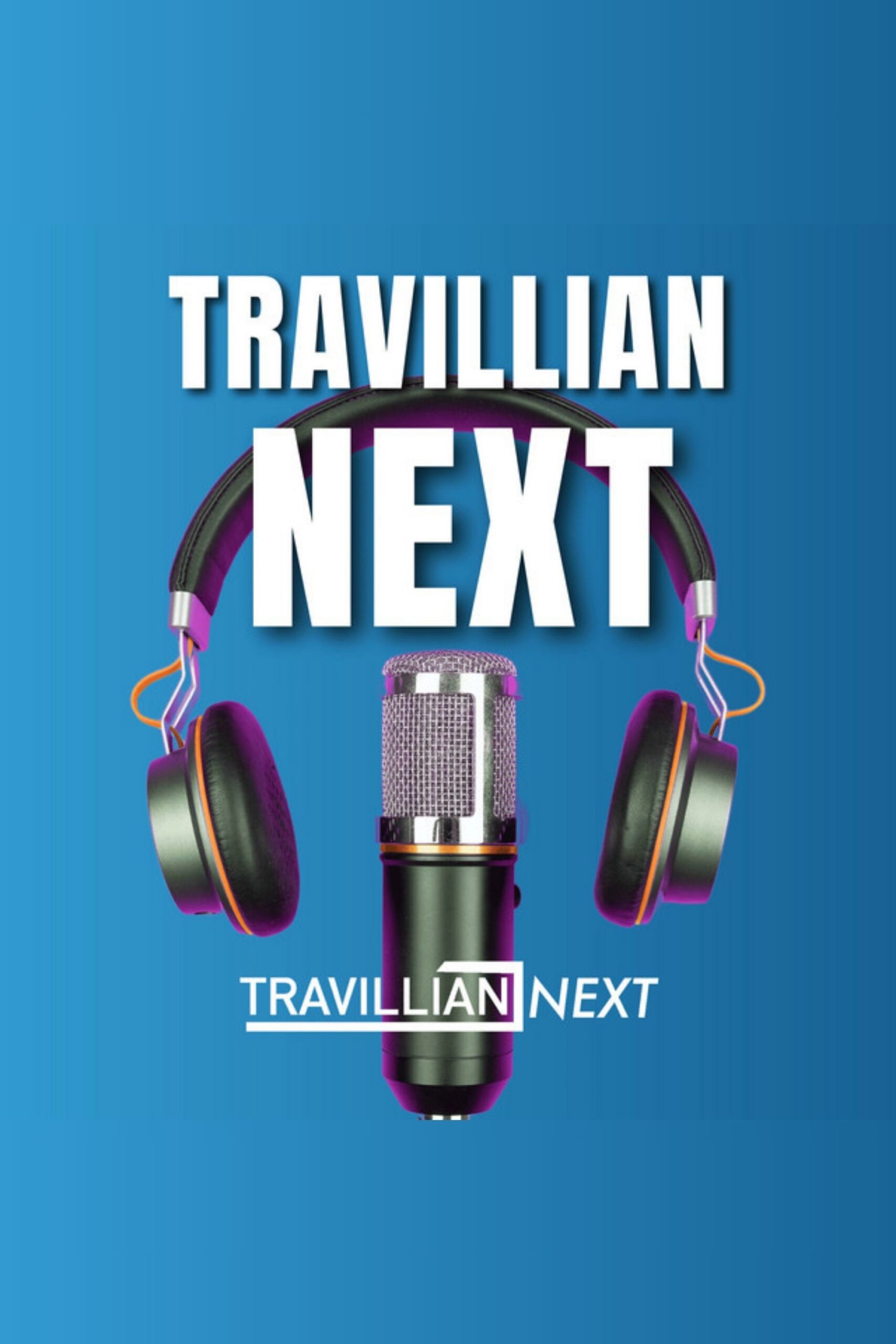Chime’s IPO Moment: Can a Fintech Powerhouse Redefine Digital Banking for the Underserved?
As Chime prepares for a long-anticipated initial public offering, the fintech world is watching closely. Insights from Mike Perito, Principal, Head of Bank Strategy at Travillian, shed light on what this means for the broader digital banking ecosystem—and whether Chime’s model can deliver on its promise of inclusion and profitability.
A Challenger Bank with a Mission
Founded in 2012, Chime has always positioned itself differently from traditional banks. Rather than focusing on affluent consumers or high-margin credit products, Chime targets underbanked and underserved Americans—those often ignored or penalized by mainstream financial institutions.
Its core value proposition includes features like early access to direct deposits, no overdraft fees, and a mobile-first experience. These offerings, while not revolutionary on their own, are strategically bundled and marketed to provide meaningful day-to-day benefits for consumers living paycheck to paycheck.
To illustrate the profound impact of these challenges, consider the real experiences of the underbanked.
Our recent series highlights:
Expanding Financial Reach to Underserved Texas Communities
Understanding how FinTech can Help the Underbanked.
Stablecoin, Crypto, and the Underbanked
Chime’s banking services are provided through partnerships with The Bancorp Bank and Stride Bank, using a Banking-as-a-Service (BaaS) model that keeps infrastructure lean and scalable.
With roughly 8.6 million active users, Chime has become a fixture in U.S. fintech, and its growth signals a shift in how Americans think about their banking relationships.
Inside the IPO Filing: What We Know
In May 2025, Chime publicly filed its S-1 with the Securities and Exchange Commission, officially kickstarting its IPO process. The filing lists 14 underwriters—a sign of strong institutional interest—and opens the door for greater transparency into its operations, financials, and future plans.
While the company has yet to reveal its target IPO valuation, expectations are high. Chime was last valued at $25 billion in 2021, making it one of the most valuable U.S. fintechs at the time. Whether that valuation holds in today’s more skeptical investment climate is an open question.
Founder Vision: The Green Dot Blueprint
Chris Britt, Chime’s co-founder and CEO, brings a unique mix of experience in both traditional payments and fintech innovation. His resume includes time at Visa and Green Dot, where he observed firsthand the challenges and opportunities of building financial services for low-income consumers.
Notably, Britt watched Green Dot transition from a prepaid card company to a full-fledged bank, acquiring a Utah-based bank charter in the process. That move likely informed Chime’s own choice to avoid becoming a chartered bank, instead leveraging its partnerships to stay agile while still reaching a mass market.
This founder-led vision has helped Chime navigate regulatory complexities while keeping product development tightly focused on financial inclusion.
A Divided Market Reaction
The market’s response to Chime’s IPO has been polarizing. Traditional bank executives and technology professionals tend to view the neobank model with skepticism. Their concerns often center on Chime’s reliance on interchange fees, its lack of a full banking charter, and questions around long-term profitability.
In contrast, venture capitalists, fintech investors, and equity analysts remain bullish. For them, Chime represents not just a viable business but a category-defining brand that could shape the next era of consumer banking.
Perito notes that this split isn’t unusual—innovators often draw both admiration and doubt as they challenge the status quo. The IPO will likely serve as a referendum on whether digital-first, mission-driven banks can thrive at scale.
Valuation: A Wild Card
The absence of a specific IPO price range in Chime’s S-1 leaves room for speculation. Will investors still be willing to support a valuation close to its $25 billion high-water mark? Or has the market recalibrated expectations for fintechs in the wake of rising interest rates, tightening venture capital, and increased regulatory scrutiny?
The outcome of Chime’s offering could have ripple effects across the fintech ecosystem, especially for startups pursuing BaaS models or focusing on financial inclusion. A successful IPO would validate a new kind of bank—one that doesn’t issue loans or operate branches but still commands deep user loyalty and scale.
The Big Picture: Chime as a Test Case
Chime’s story is more than just an IPO; it’s a case study in how fintechs can serve communities where traditional banks have historically failed. Whether its model proves sustainable remains to be seen, but its growth—and now its entry into the public markets—suggest that consumer appetite for simple, fee-free digital banking is here to stay.
If the IPO succeeds, it could pave the way for a new generation of mission-driven financial companies. If it falls short, it may be a cautionary tale about hype, scale, and the limits of disruptor narratives in a highly regulated industry.
Perito’s full analysis of Chime and both its likely and potential market impacts can be found at Travillian Next.





















